Spread Oyster Shell | Macro Photography Session
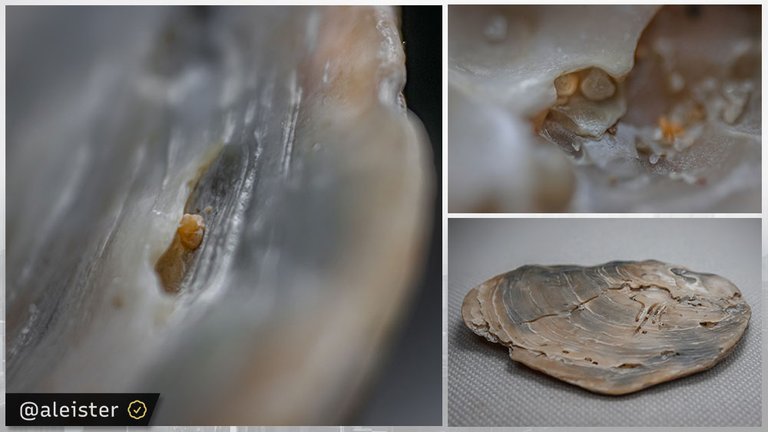
Hi everybody :)
Session Purpose
The main goal of this macro photography session is to capture detailed images of a shell, focusing on closely observing and documenting all of its characteristics and visual aspects. Additionally, I aim to create appealing visual compositions for publication on this blog, intending to share the beauty and complexity of this fascinating structure.
Used equipments
Camera: Canon EOS 600D Digital SLR with CMOS sensor
Lens: EFS 18-55mm with f/3 maximum aperture, allowing shallow depth of field and capturing fine details.
Used inverter ring
Tripod: not used
Lighting: Adjustable LED lights to provide soft, even lighting, avoiding harsh shadows and highlighting the details of structures.

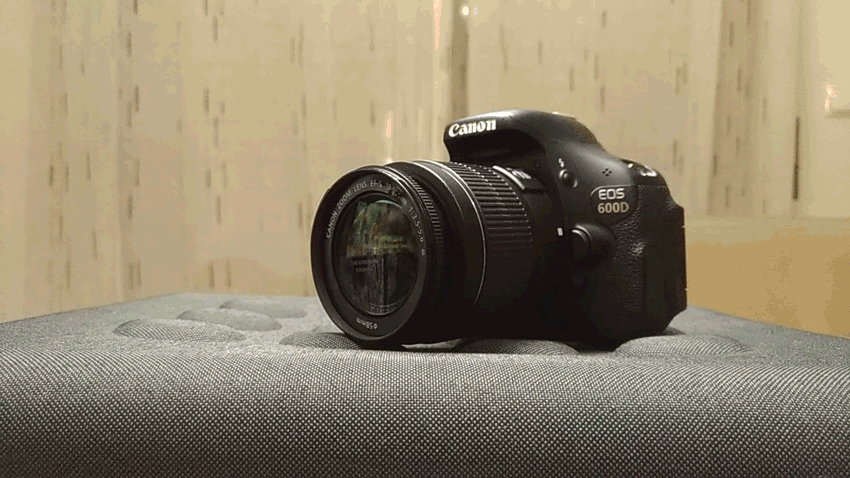
Among the numerous techniques available for macro photography, this method is arguably the most cost-effective and efficient for individuals possessing a camera with a removable lens. By simply detaching the lens and reversing its direction, and employing an inversion ring, the process becomes more manageable and streamlined.
Technical Description of Macro Photography Session
Camera Settings
Focus Mode: Manual focus to ensure precision in specific details of oyster shell structure.
Aperture: Variable aperture between f/2 and f/3 for adequate depth of field, ensuring all important details are in focus.
ISO: Low ISO setting (800) to minimize noise in images.
Shutter Speed: Adjust shutter speed as needed to avoid underexposure, while maintaining a value that allows you to capture sharp details.
Procedures
- Environment Preparation:
Assembling the macro photography set in a controlled environment, minimizing the presence of dust and ensuring a clean and white surface for positioning the shell. - Section Positioning:
Placing the subject in position that highlight the unique characteristics, using appropriate supports to keep the example stable. - Lighting Adjustment:
Setting the LED lights to provide uniform illumination, adjusting the intensity and angle of the lights to eliminate unwanted shadows. - Image Capture:
Taking multiple shots with variations in aperture settings, shutter speed and capture angle, exploring different perspectives and compositions. - Image Review:
Immediate analysis of images captured on the camera's viewfinder to ensure that all desired details were captured sharply and clearly. - Post-Production Editing:
Importing images into editing software (Adobe Photoshop CS) to adjust brightness, contrast, sharpness and remove any imperfections.
Let me present today’s model:
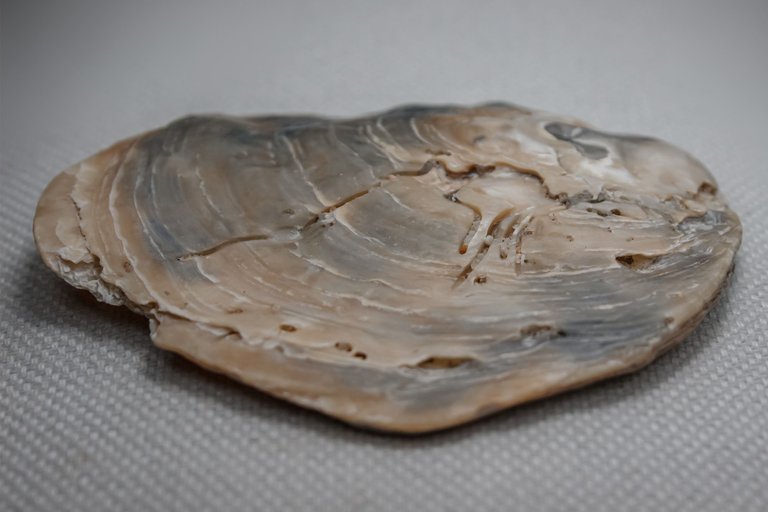

Before moving onto the result...
- My introductory thoughts about macro photography:
The realm of macro photography offers endless opportunities for creativity and discovery. It's fascinating how macro lenses, with their ability to create softly blurred backgrounds, can produce images that are rich in contrast, texture, and depth. This style of photography reveals intricate details that often go unnoticed by the naked eye, as if unlocking a hidden world that invites us to appreciate the beauty found in the smallest aspects of our surroundings.
What makes macro photography so compelling is its power to shift our perspective. With the right technique, even the simplest subjects can be elevated into captivating works of art, each image telling a unique story through its tiny details. There are no boundaries to what can be photographed. Every object holds the potential to become extraordinary. Through this lens, even the most ordinary elements can surprise and inspire us.

Let's now move onto the result:
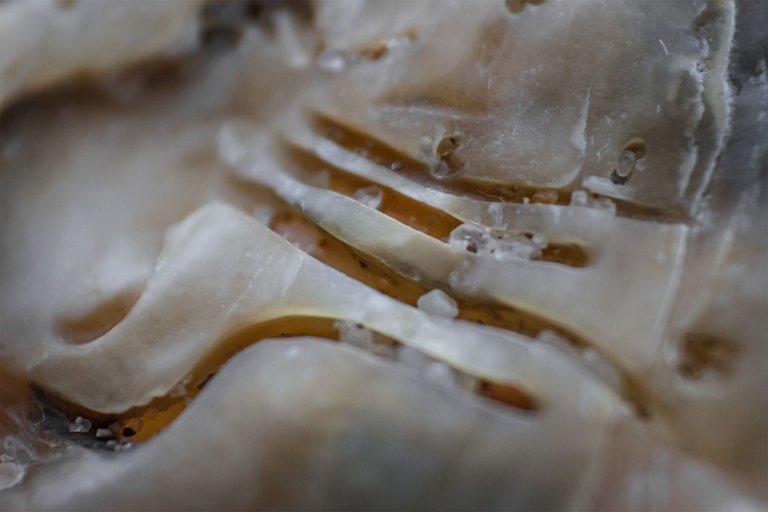
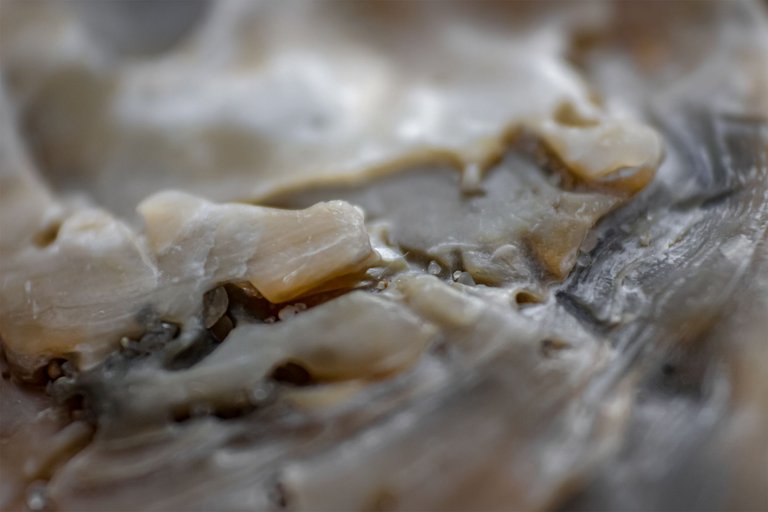
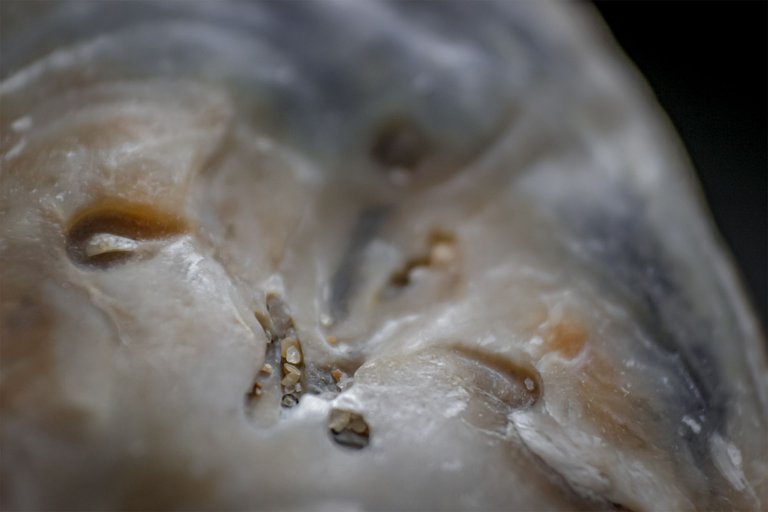
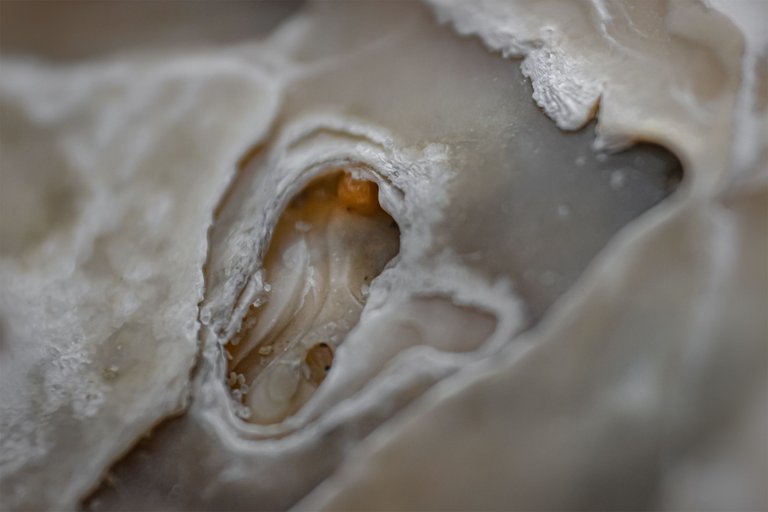
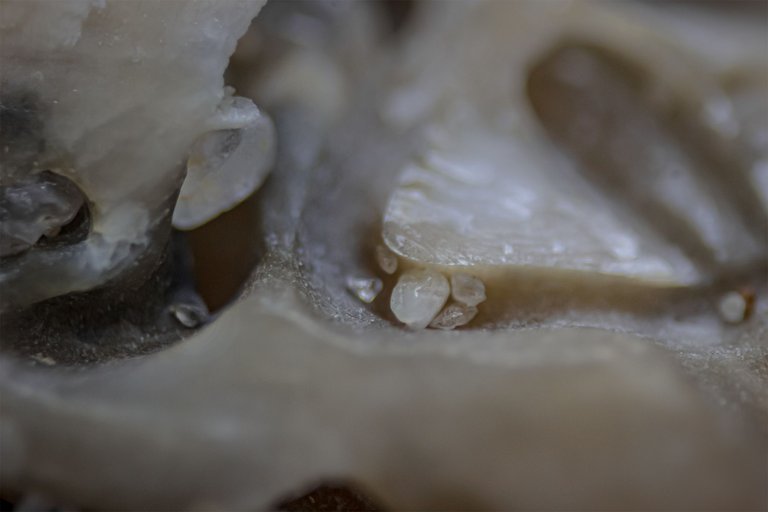
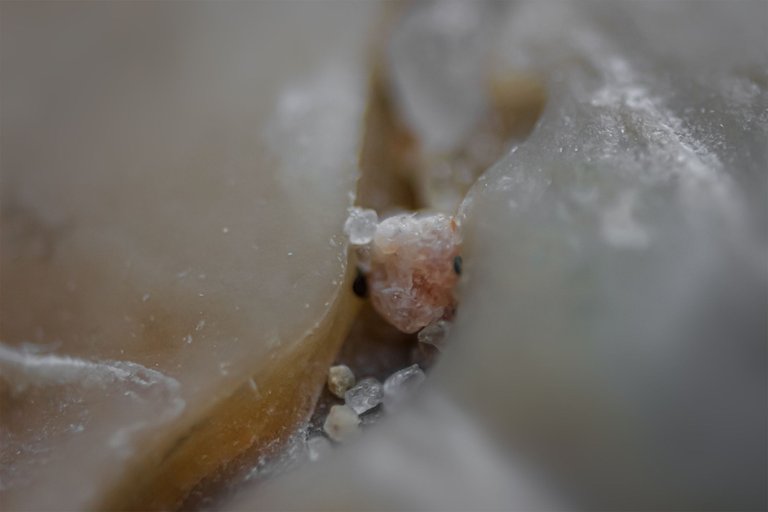

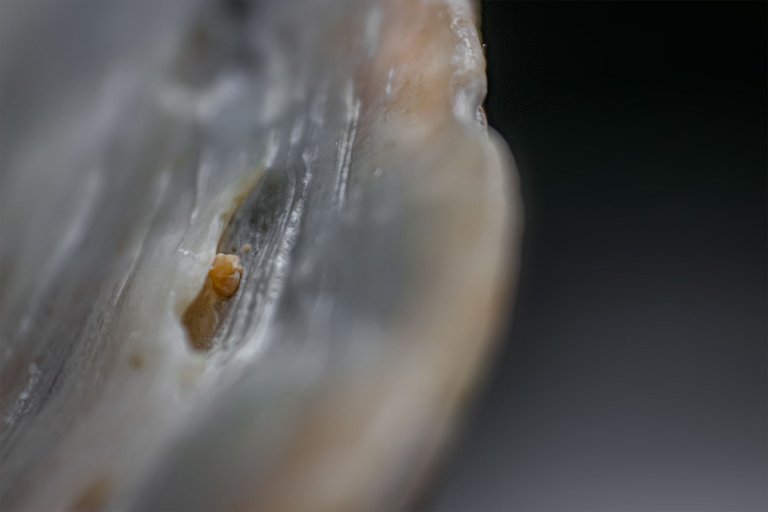

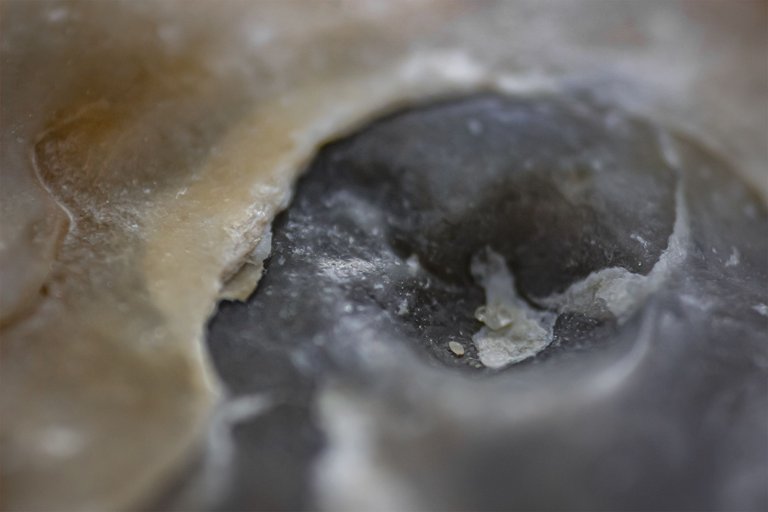

To finish, i leave you with some considerations regarding these photo sessions:
Exploring tiny subjects through macro photography opens up a fascinating world where the smallest details take on great significance. By focusing on the intricacies of these miniature objects, we can uncover the hidden beauty often missed in everyday life. Each photograph captures a brief moment, revealing the complexity concealed within nature’s tiniest elements. The true power of macro photography lies in its ability to transform ordinary subjects into extraordinary works of art, providing an intimate and mesmerizing view of the world up close.
The session is closed for today.
Hope you like it :)

These photos weren't taken with a tripod
Camera - Canon EOS 600D
Lens - EFS 18-55mm
Location - Portugal

See you soon
Thank you for watching
Never forget
The price of anything is the amount of life you trade for it.
Time is life... value yours, make every fraction worth it.
The photos are wonderful👍👍👍🤝